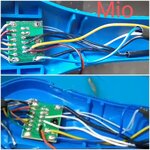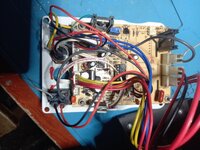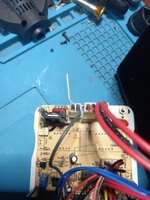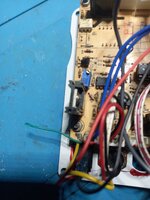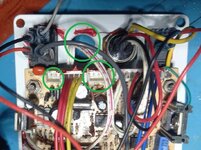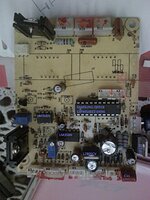Tengo una estación de soldado 852A+ que funciona muy bien el cautín pero derrite las pistolas de calor.
Encontré en YouTube una pistola que sí funciona pero cambia la posición de los cables en la pistola.
Mi pistola es una de repuesto, la original se derritió pero hace lo mismo.
Quizá esté cambiada la posición de los cables en la fuente y ahí este el problema. ¿Será?
¿Qué pasa si cambio el orden? No encontré otra falla.
Agradezco su ayuda.
Encontré en YouTube una pistola que sí funciona pero cambia la posición de los cables en la pistola.
Mi pistola es una de repuesto, la original se derritió pero hace lo mismo.
Quizá esté cambiada la posición de los cables en la fuente y ahí este el problema. ¿Será?
¿Qué pasa si cambio el orden? No encontré otra falla.
Agradezco su ayuda.
Adjuntos
Última edición por un moderador:



